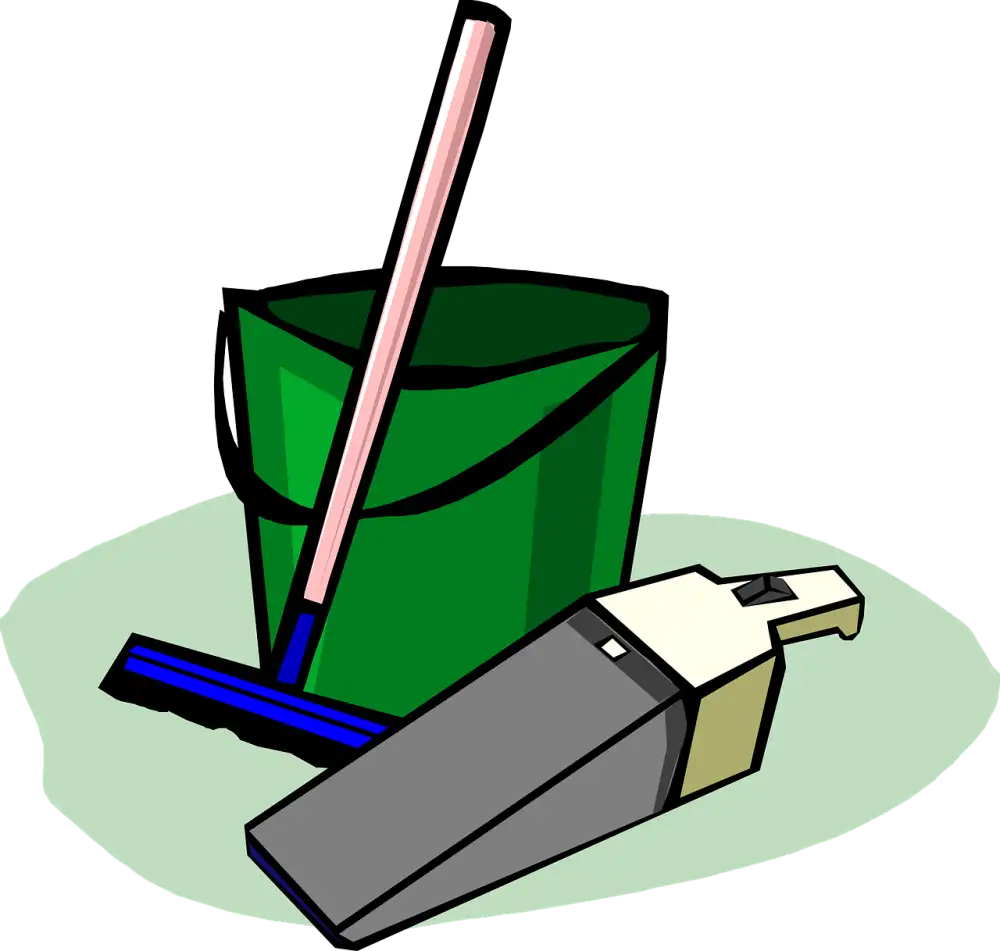Revive Your Rusty Cast Iron Skillet: Expert Tips for Cleaning and Restoration

- Gather materials: white vinegar, baking soda, steel wool, dish soap, paper towels.
- Scrub the skillet with steel wool and dish soap to remove loose rust.
- Create a vinegar soak by combining equal parts water and vinegar in the skillet.
- Let the skillet soak for a few hours or overnight to loosen the rust.
- Scrub the skillet with a paste of baking soda and water to further remove rust.
- Rinse the skillet thoroughly and dry it completely with paper towels.
- Season the skillet by applying a thin layer of oil and baking it in the oven at 350°F for an hour.
- Repeat the seasoning process if necessary to restore the skillet's non-stick surface.
Gather materials: white vinegar, baking soda, steel wool, dish soap, paper towels.
To revive your rusty cast iron skillet, you will need a few essential materials: white vinegar, baking soda, steel wool, dish soap, and paper towels. These items are key to effectively cleaning and restoring your skillet back to its former glory. White vinegar helps to break down rust, while baking soda acts as a gentle abrasive for scrubbing. Steel wool is great for removing loose rust particles, and dish soap helps with overall cleaning. Lastly, paper towels are handy for drying the skillet thoroughly after the restoration process. With these materials in hand, you'll be well-equipped to tackle the task of bringing your cast iron skillet back to life.
Scrub the skillet with steel wool and dish soap to remove loose rust.
To start the restoration process of your rusty cast iron skillet, begin by scrubbing it with steel wool and dish soap. This step helps to remove any loose rust particles on the surface of the skillet. Gently scrub in circular motions, focusing on areas where rust is most prevalent. The combination of steel wool's abrasiveness and dish soap's degreasing properties will help lift off the initial layer of rust, preparing the skillet for further cleaning and restoration steps. Be thorough but gentle to avoid damaging the skillet's seasoned surface.
Create a vinegar soak by combining equal parts water and vinegar in the skillet.
To create a vinegar soak for your rusty cast iron skillet, start by combining equal parts water and white vinegar in the skillet. The acidic properties of the vinegar will help to break down the rust, making it easier to remove. Make sure the mixture completely covers the affected areas of the skillet. Allow the skillet to soak for a few hours or overnight, depending on the severity of the rust. This soaking process will help to loosen the rust and make it easier to scrub away later on.
Let the skillet soak for a few hours or overnight to loosen the rust.
After scrubbing the skillet with steel wool and dish soap to remove loose rust, the next step in restoring your rusty cast iron skillet is to create a vinegar soak. Simply combine equal parts water and white vinegar in the skillet, ensuring that the rusted areas are fully submerged. Allow the skillet to soak for a few hours or even overnight to let the acidic properties of the vinegar work their magic in loosening the stubborn rust. This soaking process will make it easier to scrub off any remaining rust later on, bringing you one step closer to reviving your beloved cast iron skillet.
Scrub the skillet with a paste of baking soda and water to further remove rust.
After soaking the skillet in the vinegar solution, it's time to tackle the remaining rust. Create a paste by mixing baking soda with water until it forms a thick consistency. Apply this paste to the skillet and scrub gently with a sponge or steel wool. The abrasive nature of the baking soda will help lift off any stubborn rust spots without damaging the skillet's surface. Continue scrubbing until you've removed as much rust as possible, then rinse the skillet thoroughly with water. This step will ensure that your cast iron skillet is clean and ready for seasoning.
Rinse the skillet thoroughly and dry it completely with paper towels.
After scrubbing the skillet with a paste of baking soda and water to further remove rust, it is crucial to thoroughly rinse the skillet under running water. Make sure to remove all traces of the baking soda mixture to prevent any residue from affecting the taste of your food. Once rinsed, use paper towels to completely dry the skillet. Any remaining moisture can lead to rust formation, undoing all your hard work in restoring the cast iron skillet. Proper drying is essential for maintaining the skillet's condition and preventing future rust issues.
Season the skillet by applying a thin layer of oil and baking it in the oven at 350°F for an hour.
To season your cast iron skillet, start by applying a thin layer of oil to the entire surface, including the handle and outer edges. Use a paper towel to spread the oil evenly and remove any excess. Preheat your oven to 350°F and place the skillet upside down on the middle rack. This allows any excess oil to drip off during the baking process. Bake the skillet for an hour, then turn off the oven and let it cool inside before removing. The heat helps bond the oil to the skillet, creating a natural non-stick coating that improves with each use. Repeat this seasoning process as needed to maintain a well-seasoned cast iron skillet for years to come.
Repeat the seasoning process if necessary to restore the skillet's non-stick surface.
Once you have completed the initial seasoning process, it is important to regularly maintain your cast iron skillet to keep it in top condition. If you notice food starting to stick or the skillet losing its non-stick properties, don't worry! You can simply repeat the seasoning process to restore its seasoned surface. By applying a thin layer of oil and baking it in the oven at 350°F for an hour, you can help build up the protective layer on your skillet once again. Remember, proper care and maintenance will ensure that your cast iron skillet lasts for generations to come.
Published: 14. 03. 2024
Category: Home



